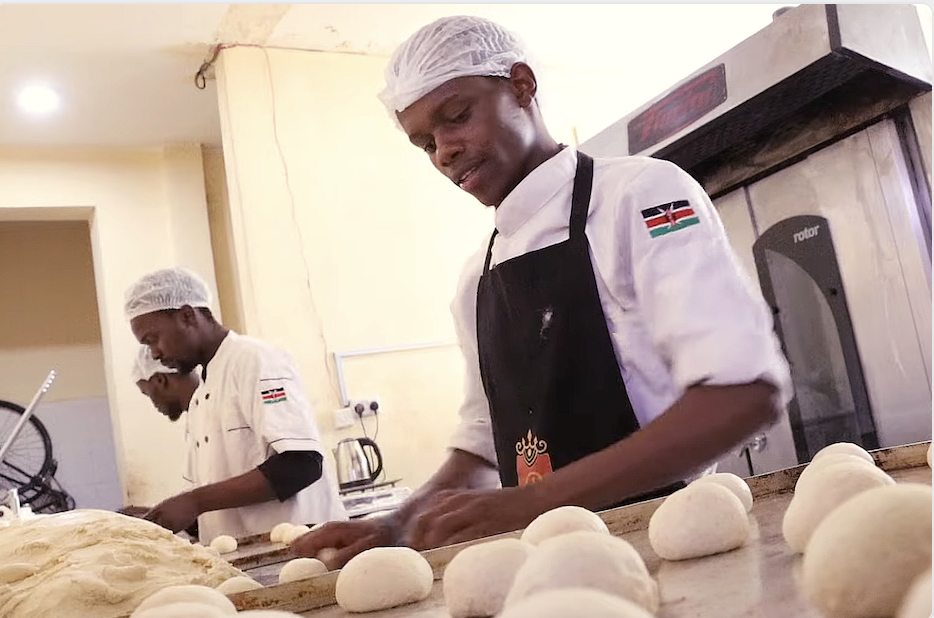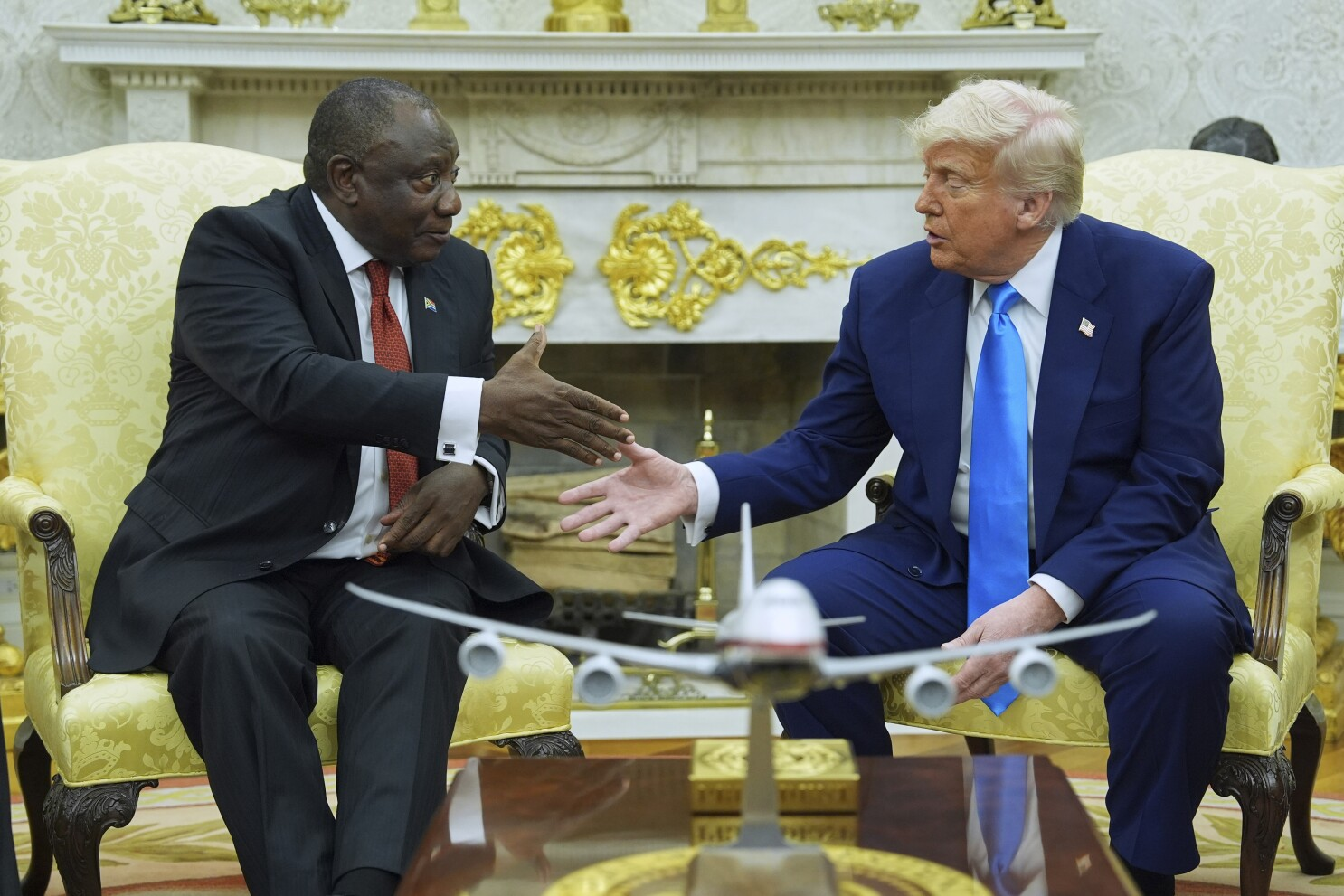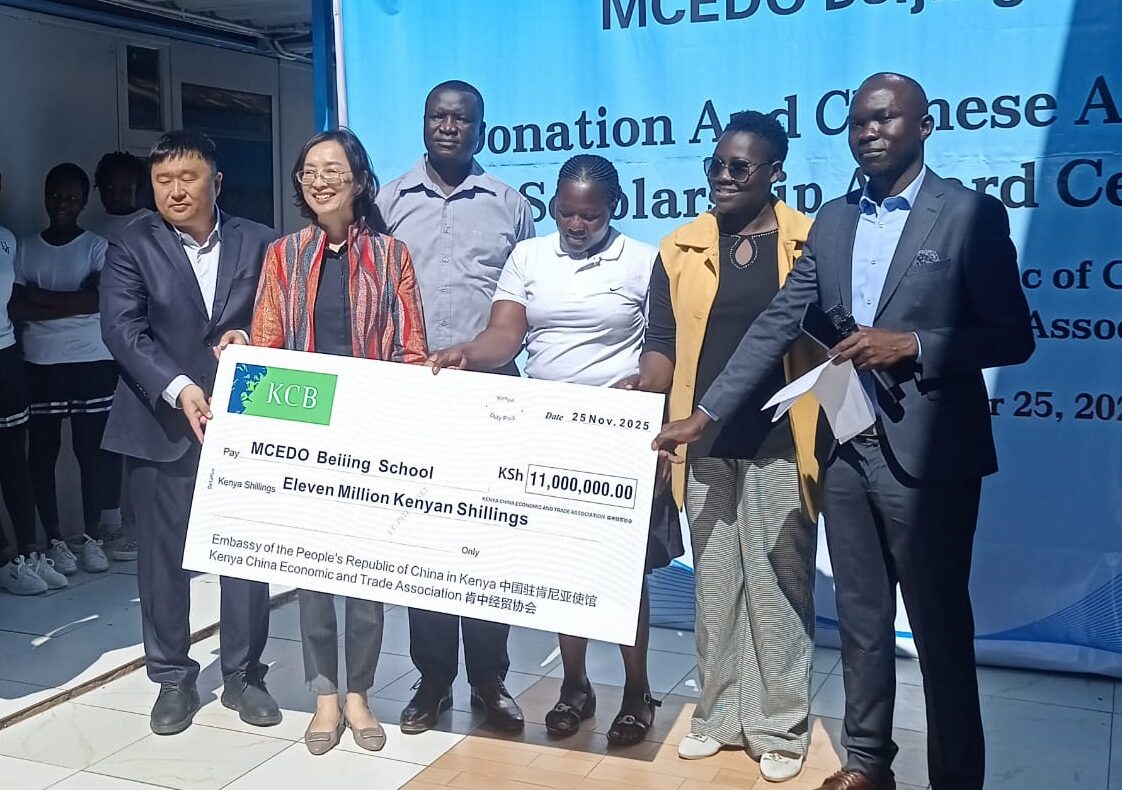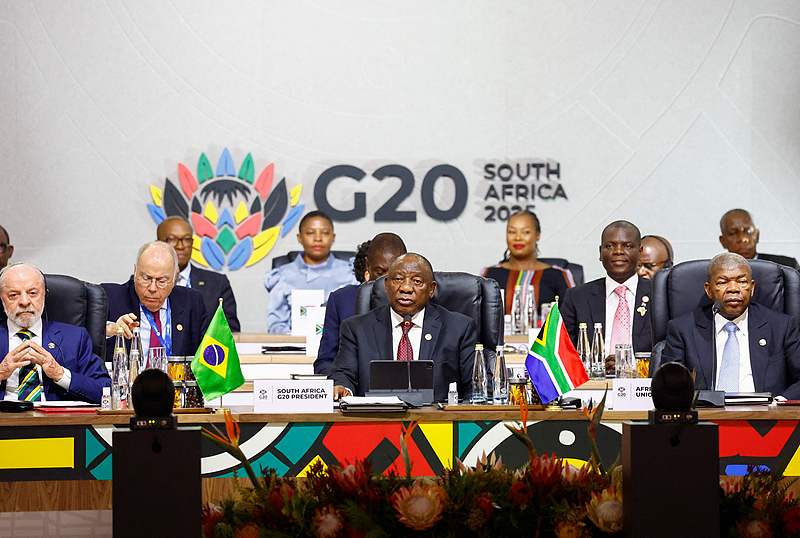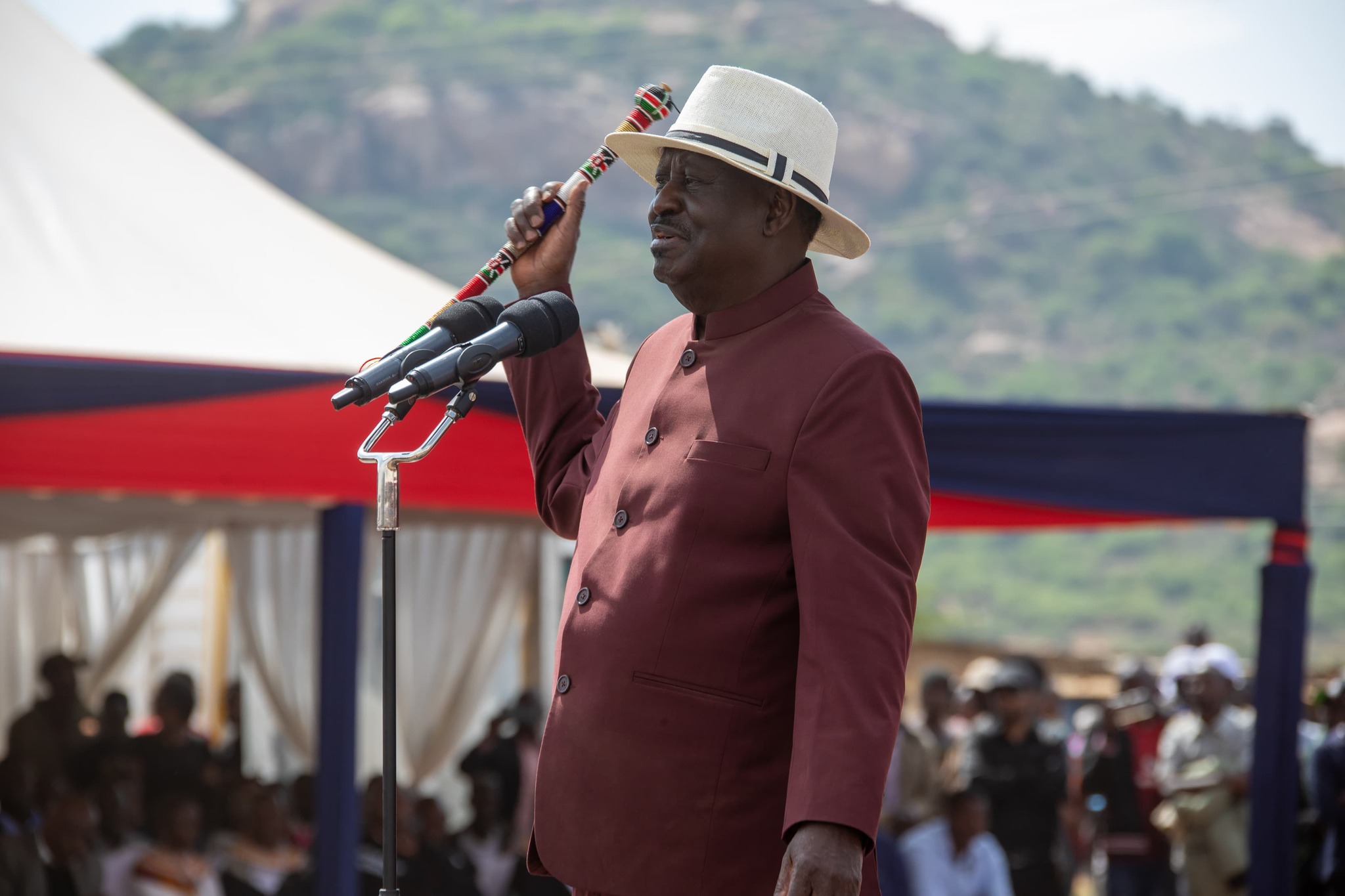
Raila Odinga, Kenya’s former prime minister, dies at 80
Former Kenyan Prime Minister and long-time opposition leader Raila Odinga died on Wednesday during a medical trip to India.
The Devamatha Hospital in the southern Indian state of Kerala confirmed to The Associated Press that Odinga died of cardiac arrest. Unnamed officials in Odinga’s office also confirmed the death to news agencies.
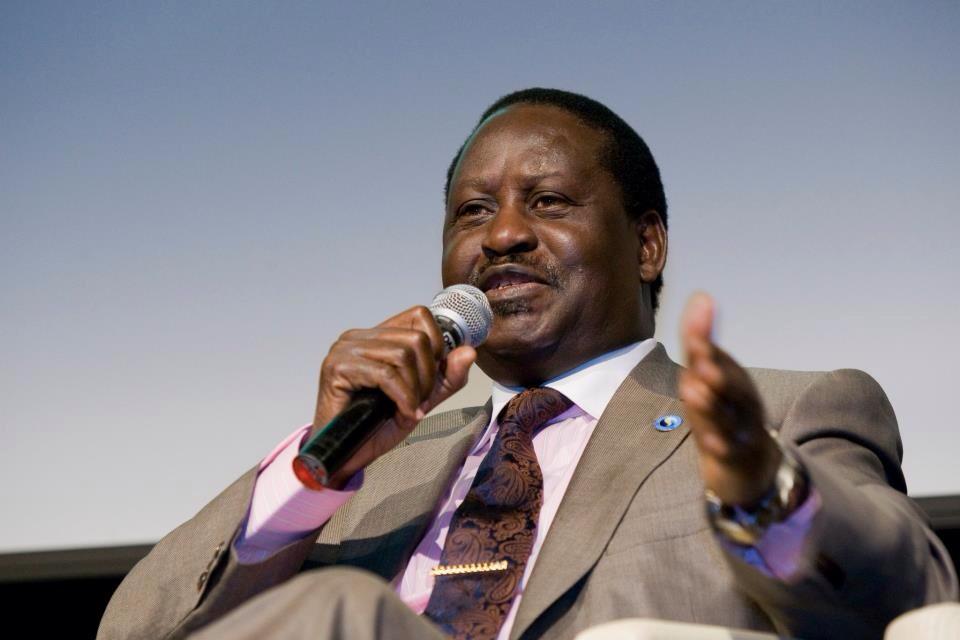
Early life and education
Raila Amolo Odinga was born on January 7, 1945, at the Anglican Church Missionary Society Hospital in Maseno, Kisumu County. He was the son of Jaramogi Oginga Odinga, Kenya’s first vice president, and Mary Juma Odinga. As the heir to one of Kenya’s most influential political dynasties and a member of the Luo ethnic community, Raila grew up in an environment steeped in political discourse and activism, factors that deeply shaped his later political engagements.
Odinga attended Kisumu Union Primary School and Maranda High School. In 1962, at 17 years old, he left Kenya for East Germany on a scholarship. He enrolled at the Herder Institute for German Language Studies before pursuing a degree in mechanical engineering at the Technical University of Magdeburg (now a part of Otto von Guericke University Magdeburg).
He graduated with a master’s degree in 1970.
Upon returning to Kenya in 1971, Odinga ventured into business. He worked as a lecturer at the University of Nairobi before establishing East African Spectre, a company that specialized in the manufacture of liquid petroleum gas cylinders, laying the groundwork for his early interest in industrial development and energy.
Odinga, affectionately known as “Agwambo” (meaning “the mysterious one” or “unpredictable” in Luo), married Ida Anyango in 1973. The couple had four children: Fidel (1973–2015), Rosemary, Raila Jr., and Winnie Odinga.
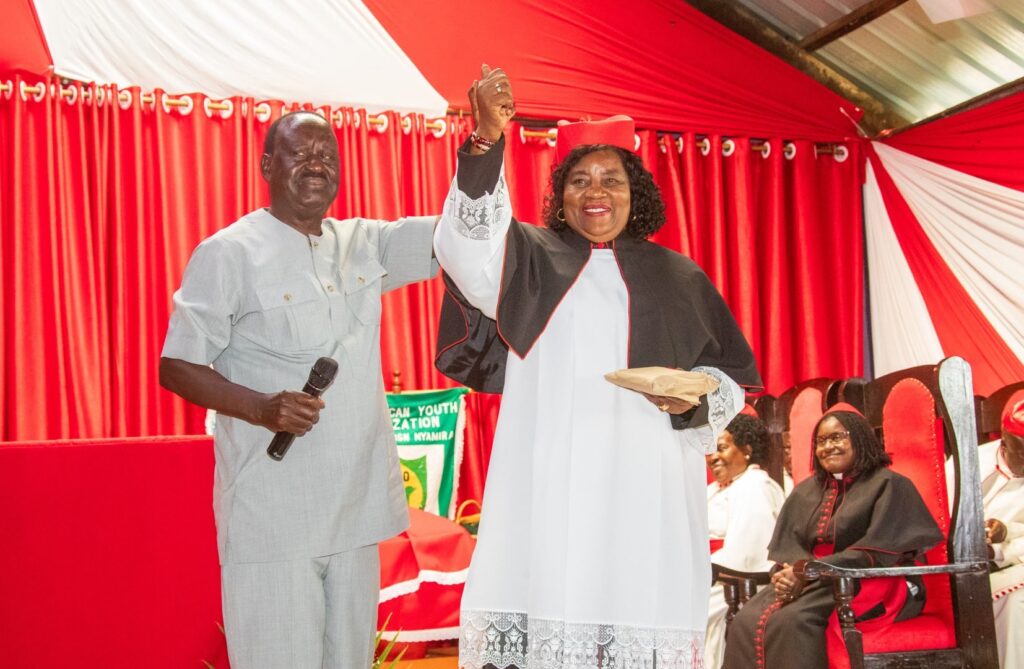
Political life
His father’s long-standing opposition to single-party rule inspired and heavily influenced Raila Odinga’s political journey. He emerged as a prominent dissident during Daniel arap Moi’s presidency. In 1982, Odinga was implicated in the failed coup attempt against Moi’s government. He was arrested and detained without trial. Odinga spent six years in solitary confinement, an ordeal that turned him into a powerful symbol of resistance and democratic struggle in Kenya.
Released in February 1988, Odinga was re-arrested later that year and again in 1990, serving multiple stints in detention. He finally gained his full freedom in 1991, during the political liberalization that ushered in multiparty democracy.
In 1992, Raila won an election to Parliament for Lang’ata Constituency under the Forum for the Restoration of Democracy–Kenya, a party co-founded with his father. He later formed the National Development Party (NDP), and between 2000 and 2001, he held secret talks with then-President Moi. Odinga sought national appeal while Moi was geared toward scuttling the opposition and mapping out succession plans for the Kenya African National Union (KANU), his party. In 2001, Odinga was appointed as Energy Minister, and in March 2002, his party, NDP merged with KANU.
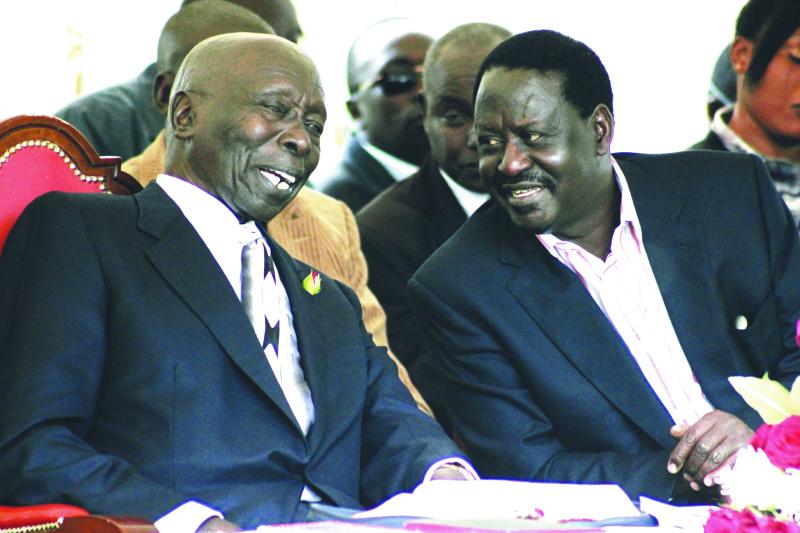
However, the union was short-lived. In the same year, Odinga broke ranks with KANU and played a pivotal role in the formation of the National Rainbow Coalition, endorsing Mwai Kibaki for president with the famous rallying cry, “Kibaki Tosha!” Kibaki later appointed Odinga Minister for Roads and Public Works. However, tensions within the coalition over constitutional reforms created a rift between him and Kibaki, eventually leading to the collapse of the alliance.
Former UN Secretary-General Kofi Annan helped resolve the crisis, resulting in a power-sharing agreement. Odinga was appointed prime minister under a coalition government from 2008 to 2013. As prime minister, he oversaw key initiatives focused on economic recovery, constitutional reform, and national reconciliation.
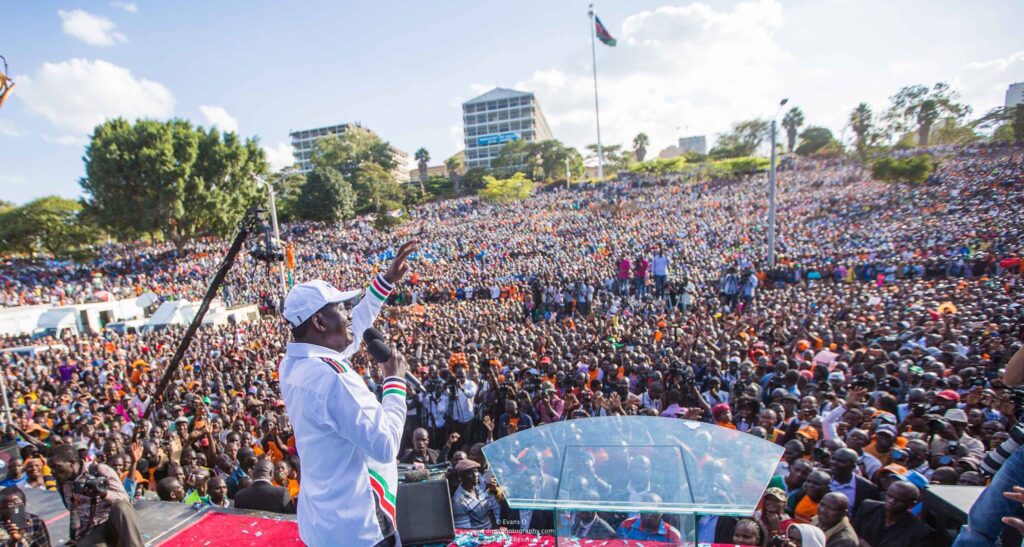
Presidential ambitions
In 2005, Odinga founded the Orange Democratic Movement (ODM), which grew into one of Kenya’s most influential opposition parties. The controversial 2007 presidential election tested Odinga’s and ODM’s political potential. He lost a close race to Kibaki amid widespread allegations of electoral fraud. The disputed results triggered weeks of post-election violence, leaving more than 1,400 people dead and displacing over 600,000.
Raila Odinga contested the presidency five times—in 1997, 2007, 2013, 2017, and 2022—becoming one of the most persistent and prominent figures in Kenyan electoral politics. Strong grassroots mobilization, particularly in his Luo heartland and other opposition strongholds, marked his campaigns. However, he lost all five bids, often under clouds of controversy and allegations of electoral manipulation.
In 2013 and 2017, he lost to Uhuru Kenyatta. Following the election, which was annulled by the Supreme Court due to irregularities, Odinga boycotted the rerun and later staged a symbolic swearing-in as the “People’s President.” The move triggered a political standoff that ended in March 2018, when the two unexpectedly reconciled in a televised handshake. The act birthed the “Building Bridges Initiative,” a constitutional reform process aimed at promoting national unity and inclusivity.
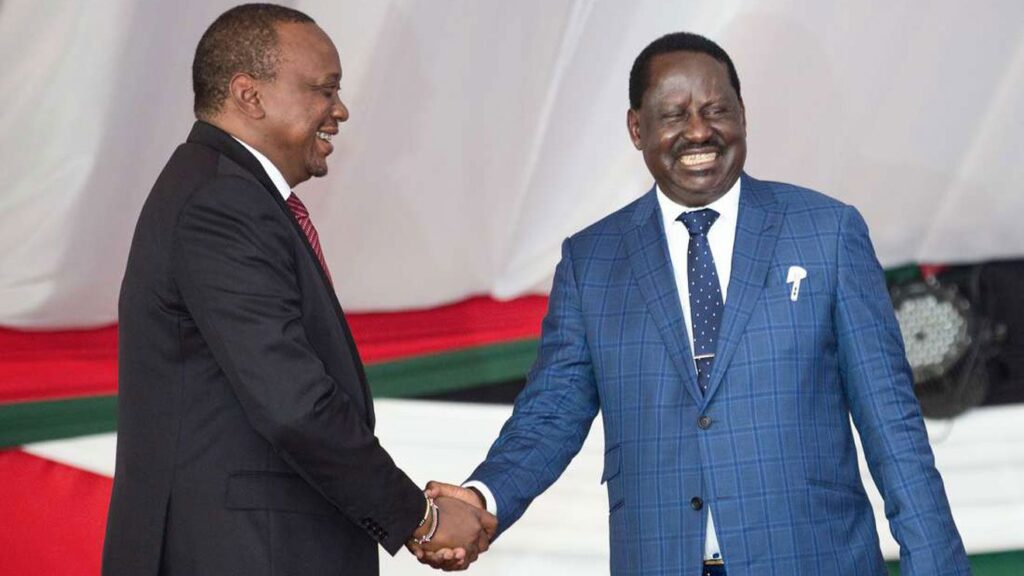
Despite losing the 2022 election to William Ruto, Raila remained a central political figure. In 2024, he joined forces with President Ruto under a broad-based government framework, which saw several of his allies appointed to senior government positions.
Pan-African and global engagement
Beyond Kenya, Raila Odinga was a respected continental statesman. In 2018, he was appointed as the African Union Commission’s High Representative for Infrastructure Development. He championed integration projects such as the Trans-African Highway Network and the African Continental Free Trade Area (AfCFTA) infrastructure framework, promoting economic connectivity across African regions.
Later, Kenya endorsed Odinga’s candidacy for the African Union Commission Chairmanship in 2024. Odinga traversed the continent in a high-profile campaign, winning endorsements from various regional blocs. However, he ultimately lost the race to Djibouti’s Mahmoud Ali Youssouf in a closely contested vote.
Throughout his career, Odinga also played a role in mediating regional conflicts. Notably, he was involved in efforts to resolve the 2010–2011 Ivorian crisis, advocating for peaceful democratic transitions.
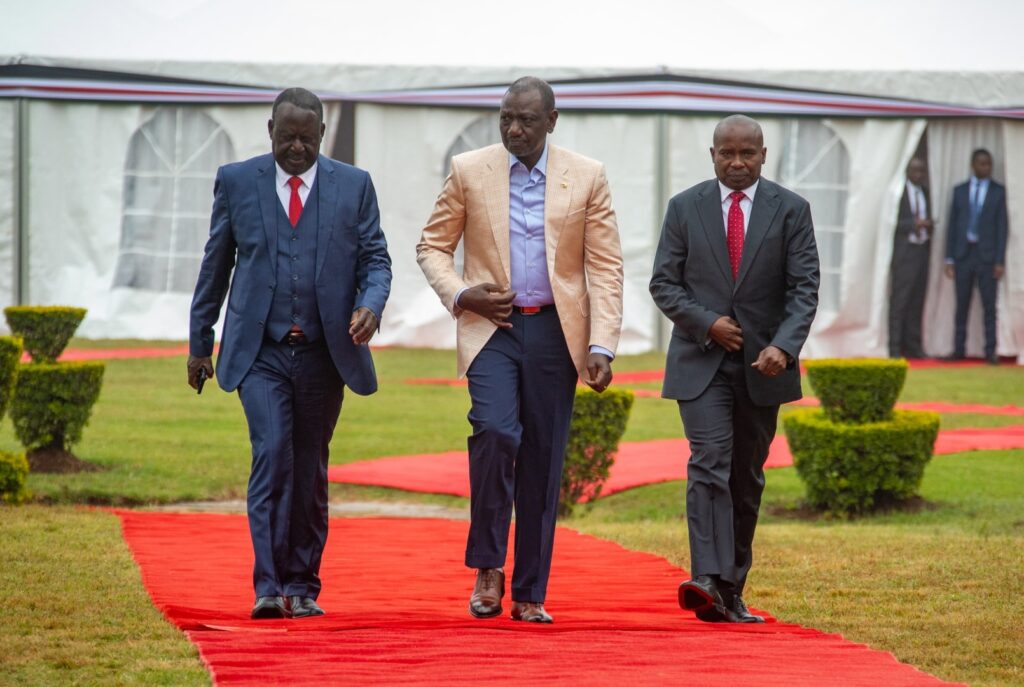
Raila Odinga’s Legacy
Kenyan political figures and journalists are reflecting on the vast political legacy of Raila Odinga, a man whose influence spans decades.
Douglas Okwach, a CGTN producer who began writing about Odinga in the 1990s while working at Kenya’s The Standard Group, emphasized his enduring role.
“For the last 30 or 40 years, Raila has been at the center of Kenya’s political landscape, transforming it in different ways.”
Okwach views Odinga’s most significant achievement as the political framework that defines democracy in Kenya today.
“The dispensation that he has left behind is one that changed this country’s outlook from the way it looked like during the colonial era to this current state,” Okwach noted, adding that Odinga “deserves a dignified sendoff.”
The question now shifts to the future. Okwach stressed that Odinga’s departure leaves “a hole to be filled,” creating a “seismic shift in Kenya’s political landscape.”
“It is therefore incumbent upon President Ruto to unite the country and manage this transition to steer the nation in the right direction,” he said.
Another CGTN reporter, Enock Sikolia, echoed this, highlighting Odinga’s key role in the Second Liberation, which ushered in multi-party politics. Furthermore, Sikolia said that Odinga’s “footprints are all over Kenya’s 2010 constitution,” a document he fought for that protects human rights and ensures a people-centered government, fulfilling some of the desires of Kenya’s founding fathers.
President William Ruto declared seven days of national mourning in Odinga’s honor.
The president also stated that Odinga will receive a state funeral.
Raila Odinga was 80 years old at his death.


